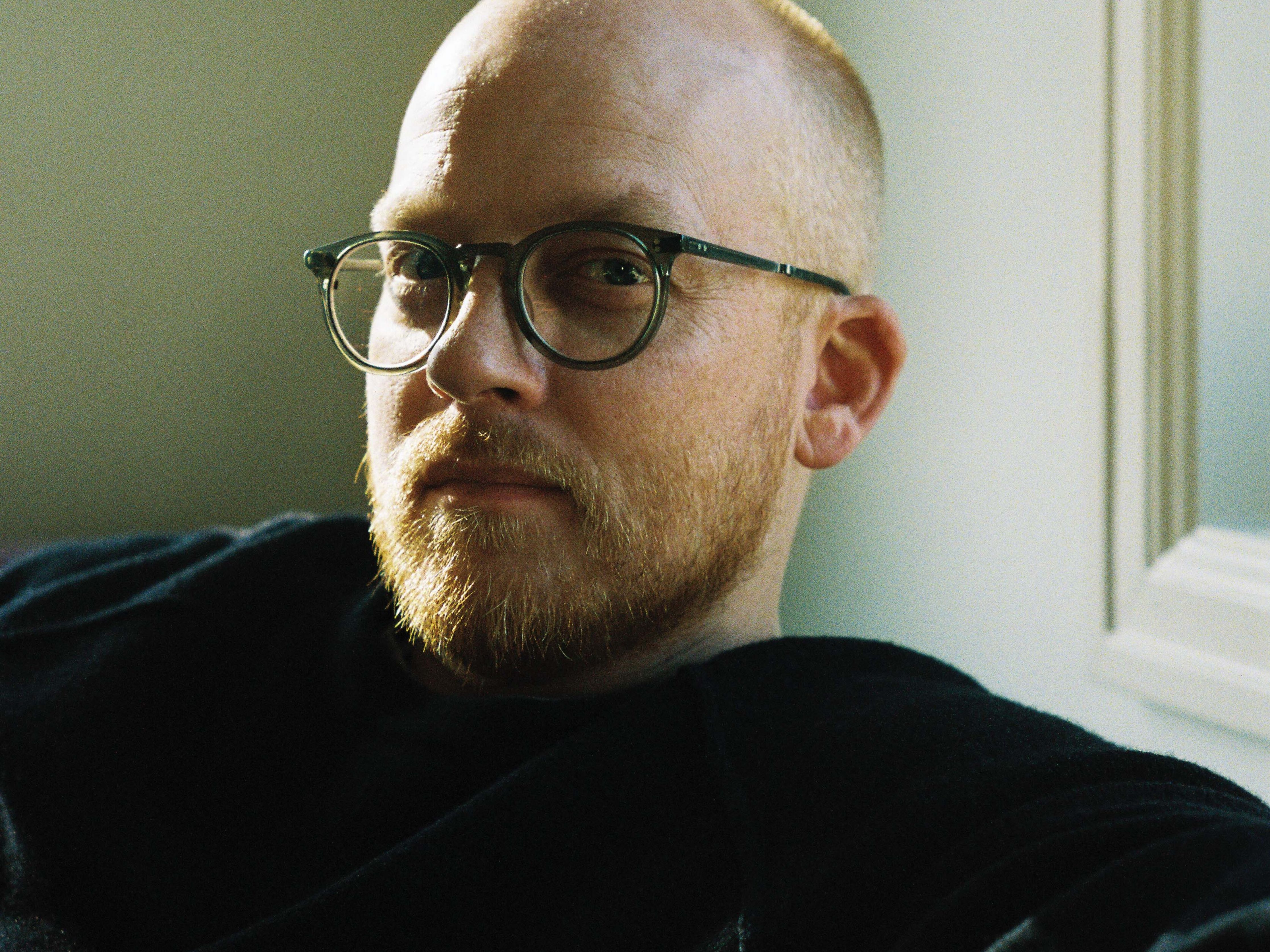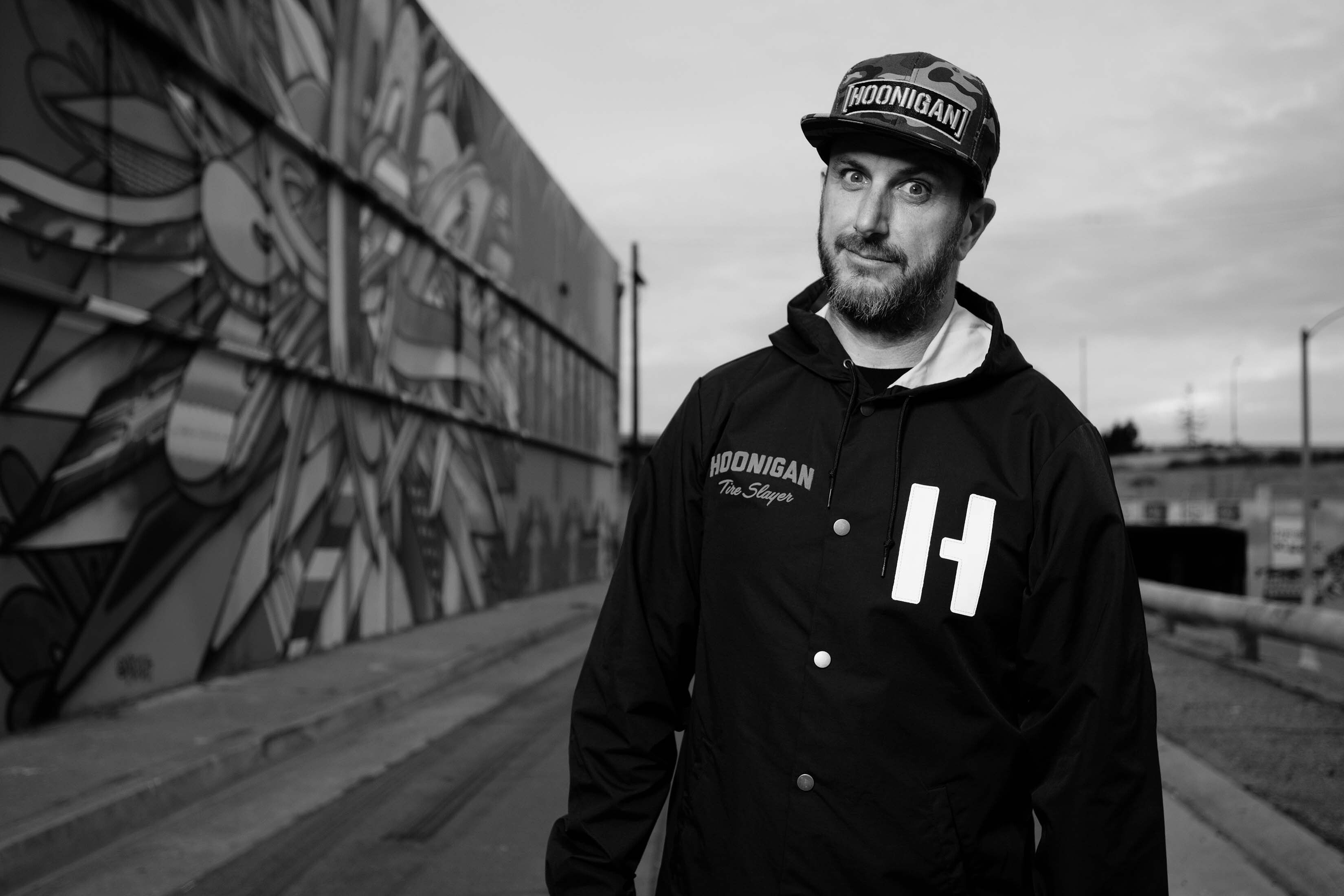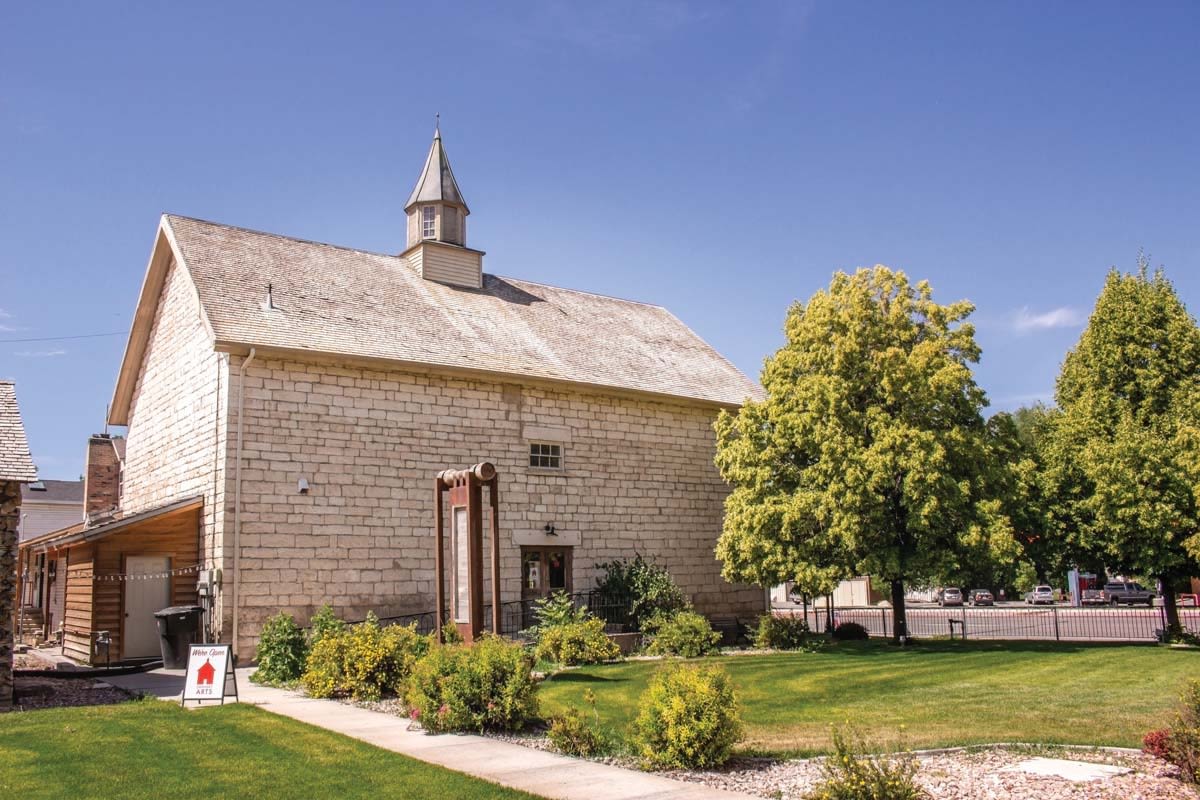The Ski Race Where Going Up is as Important as Going Down
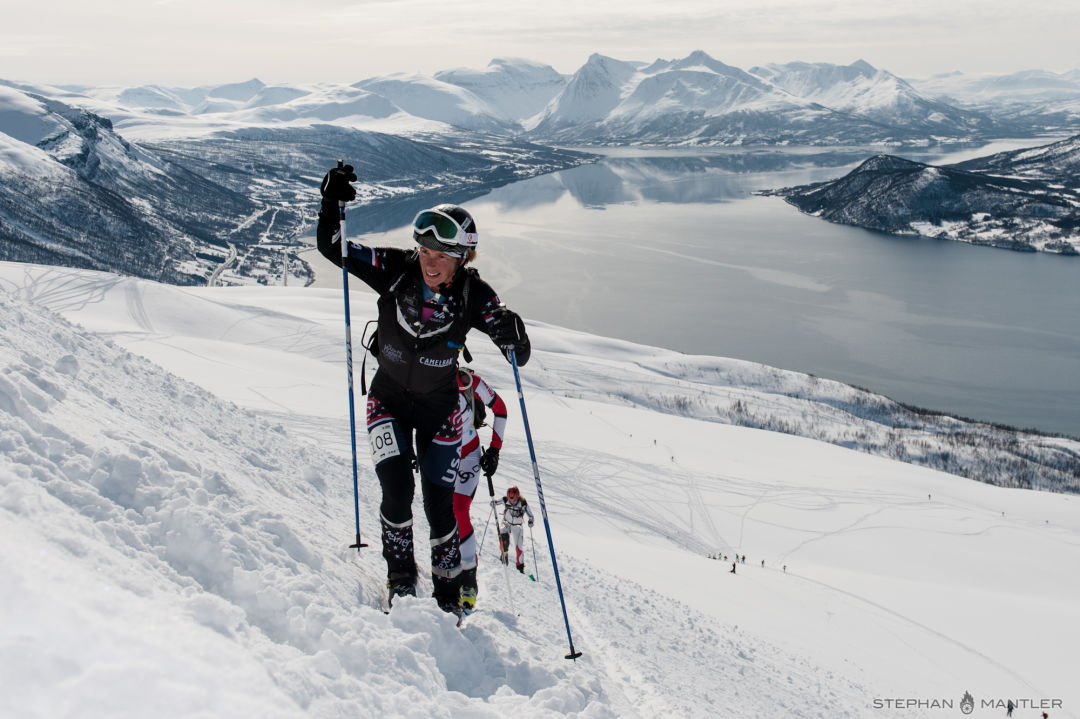
Two-time ski mountaineering World Cup Gold Medalist Nina Silitch is spreading her passion for the sport in Park City.
Image: Stephan Mantler
As residents of one of the world's most renowned training grounds for elite winter athletes, Parkites pride themselves in being "in the know" about all things to do with snow. But there's still at least one snowsport flying largely under the radar here: ski mountaineering. That may change soon, however, because two-time World Champion and Park City resident Nina Silitch is on a mission to bring ski mountaineering, a.k.a. SkiMo, to the people.
So exactly what is SkiMo? Essentially it's climbing uphill with climbing skins (that affix to the bottom of alpine or Nordic skis to allow uphill travel) and taking them off to ski downhill. Or if the terrain becomes too steep, putting the skis in a backpack to ascend. If that sounds a bit like backcountry skiing to you, it's because ski touring and backcountry skiing are technically types of ski mountaineering. Just as hikers, trail runners, climbers, and alpinists all involve traveling on foot in the mountains, SkiMo encompasses the many types of ski-related activities you can do in the mountains, some being more conservative and others more technical in their objective and commitment.
More specifically, ski mountaineering racing, which is the type of team Silitch started at the Utah Olympic Park, involves racers skinning and boot-packing up designated courses, sometimes even clipping into fixed lines to scale up couloirs or arêtes, then skiing down. The first such races date back to 1944 when the Swiss Army hosted the famous Patrouille des Glaciers, a race from Zermatt to Verbier (part of the traditional Chamonix-Zermatt Haute Route). Similar races continue to this day, especially in Europe, though there are many different types, including uphill only, individual (3-4 climbs and descents often with technical boot packs), team races and team stage races, sprint races, and relays, for athletes specializing in particular areas of the sport.
With the SkiMo culture being thoroughly established in Europe—particularly Switzerland, Italy, France, Germany, Austria, and Spain where people regularly skin uphill at local ski areas—it makes sense that Silitch, who already had a background with Nordic and alpine skiing, first became involved with ski mountaineering across the pond. “I moved to Chamonix, France in 2001 with my husband, who works as an international mountain guide. I did my first Haute Route on alpine touring skis in 2002 and that was my first introduction to ski mountaineering,” recalls Silitch. “While I was teaching at an international school in Switzerland, there were these series of nightly uphill races at the local ski areas that I started participating in. The ambience was fun and social, with different races at different areas that included all levels. The best part was the spectators. They would ring cow bells and at the top we would all share in a meal together, often pasta and Swiss fondue.”
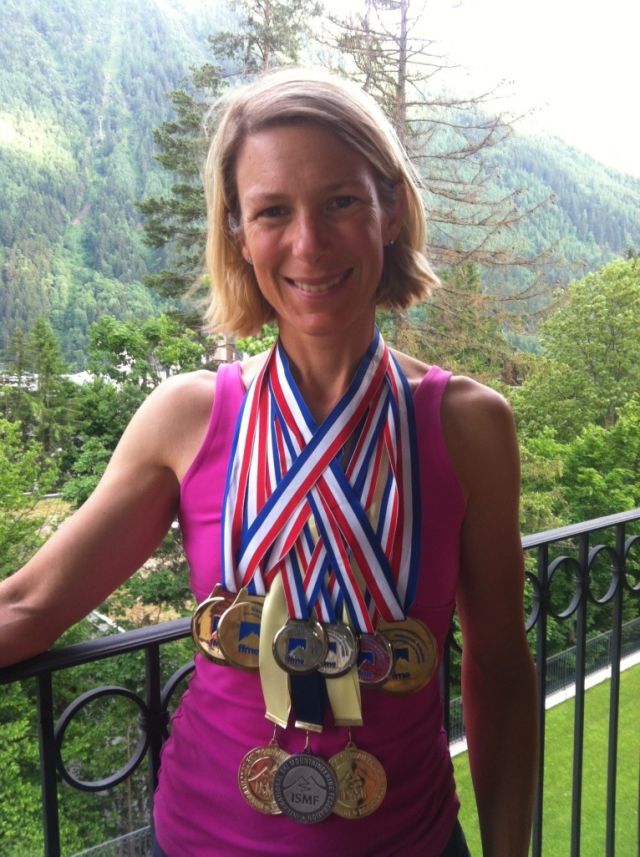
Two-time World Cup gold medalist Nina Silitch is dedicated to promoting ski mountaineering.
Image: Nina Silitch
After racing a few times in heavier alpine touring gear, Silitch upgraded to lighter equipment and was soon hooked on the sport. As much as she loved participating in SkiMo, it wasn’t until 2008, after giving birth twice, that Silitch realized she wanted to pursue her passion at a higher level. And pursue it, she did. After collecting World Cup wins in 2012 and 2013 and a silver at the 2012 World Championships, she retired from the circuit. Silitch is still the only North American to have claimed two golds.
Outside of her competitive life, Silitch remained active in the SkiMo community, helping found a club in Chamonix, France where the team grew to more than 80 athletes under her leadership. Since returning to the states, Silitch has been on a mission to share SkiMo here in Park City. She started a SkiMo team at the UOP and it's gaining more traction. “It’s my vision to grow the sport locally and nationally, especially focusing on youth development,” says Silitch. “At this point, there are quite a few adults around the country who do it for fun or as a way to stay fit before or after work, but we’re just starting to get kids more involved because their parents participate. It’s a great cross over for kids who might be burnt out on their sport or just want to try out something new.” The team trains and races in controlled environments, though they do cover avalanche curriculum and practice techniques, and accepts kids as young as 10 with the permission of the parents.
Currently the SkiMo team boasts athletes ages 10 to 55, with many who are also Nordic skiers, alpine racers, soccer players, and mountain bikers. Conditions are currently prime for getting younger athletes involved. SkiMo has been a World Cup sport since the early 2000s, but it will soon be in the Olympics as well. Two of Silitch’s younger athletes who have been on the team since the beginning, John and Victoria Olson, could be strong contenders for the World Junior Olympic Games in Lausanne in 2020.
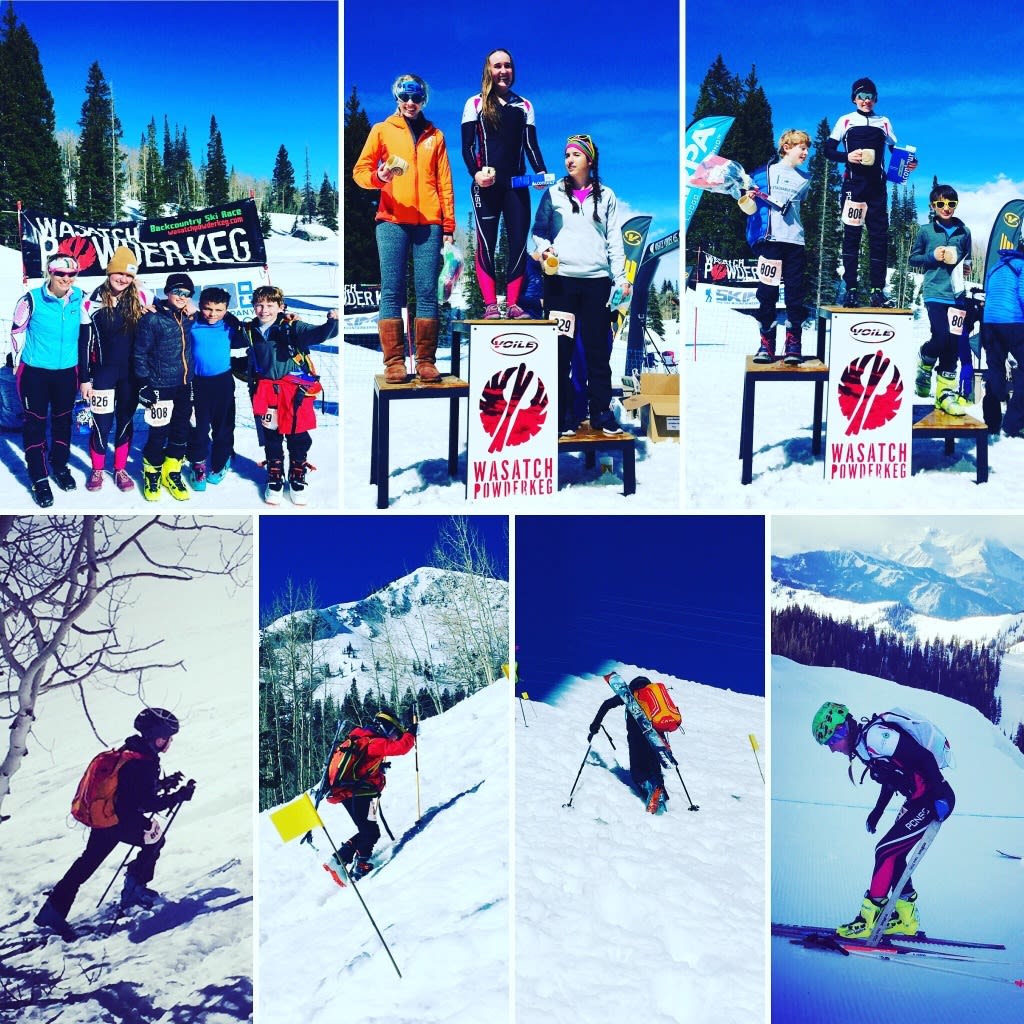
Ski Mountaineering racing is slowly gaining traction in and around Park City
Image: Nina Silitch
Of course, participating in SkiMo doesn’t mean you need to jump into competitions. It’s a sport that welcomes anyone who loves spending time in the mountains. You do need endurance and the ability to ski most terrain, but it’s not extreme skiing and works well for anyone wanting to cross train for sports like trail running or road and mountain biking. It's also a great social activity and the Utah SkiMo organization has even taken a page of the European playbook by offering circuits similar to the ones Silitch first participated in here in the Wasatch on Tuesday nights. “What I love about ski mountaineering is that it involves so many aspects of the things I love: endurance (going uphill), strength and speed (skiing downhill), tenacity on technical terrain (climbing ridges or boot packs), being in the mountains,” says Silitch. “For me, being in the mountains is where I get my energy and skimo does that. The team is a supportive place to push oneself, meet others and try new things. It is also a great way to stay fit and be outside in the mountains.”
If you want to find out more about the team or get involved with ski mountaineering, you can visit the UOP website or email Nina Silitch ([email protected]). The team trains on Tuesday nights from 6 to 8 p.m. at the UOP or Park City Mountain during the winter. Before the snow falls, their activities are focused on dry land hikes for building lungs and legs for the season.

